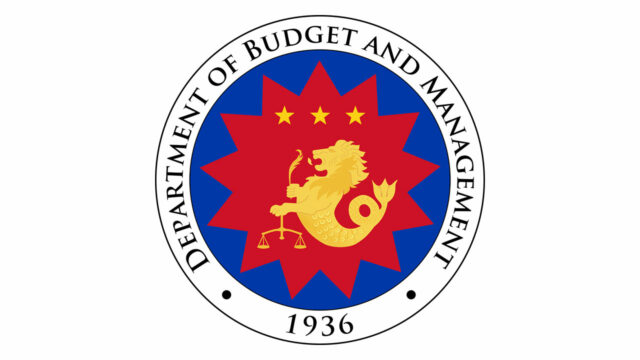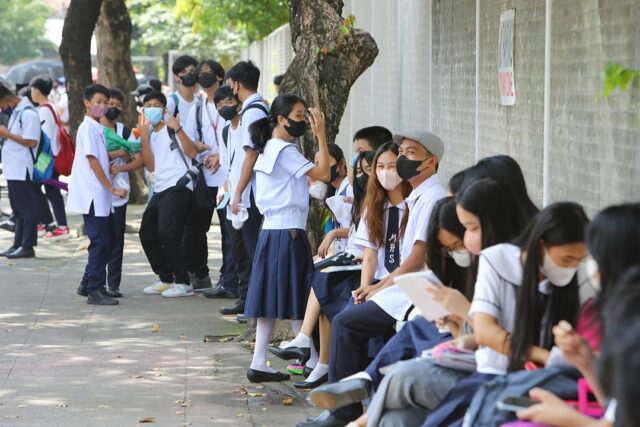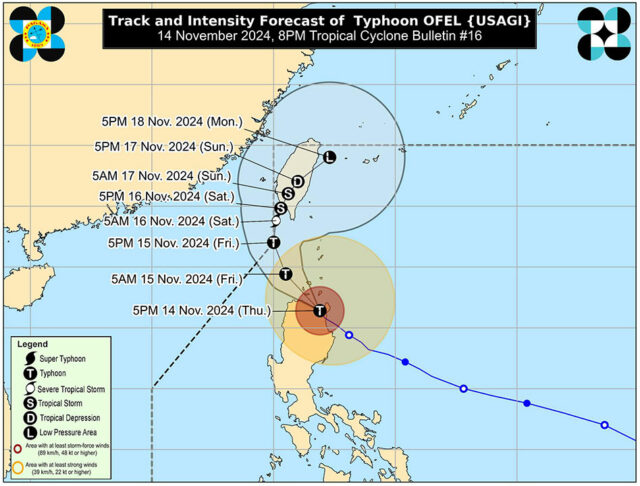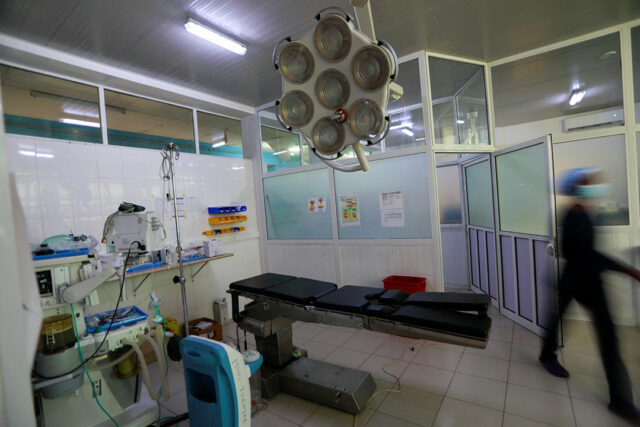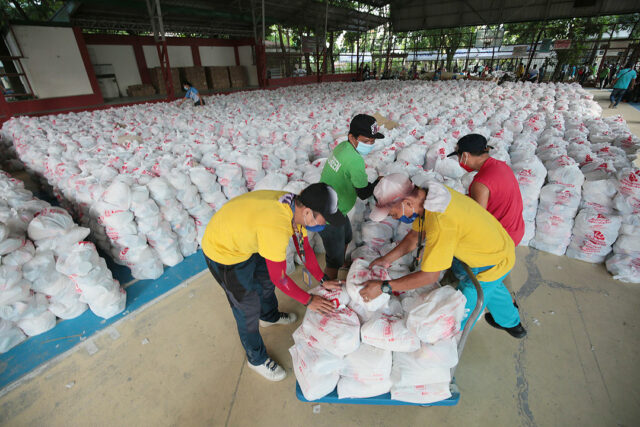PHILIPPINE President Ferdinand R. Marcos, Jr. on Thursday said his government would not block the International Criminal Court (ICC) if former leader Rodrigo R. Duterte wants to be investigated for alleged crimes against humanity in his deadly war on drugs.
The Philippines will not cooperate with the ICC but it has obligations with the International Criminal Police Organization (Interpol), he told reporters. “If that’s the wish of (Duterte), we will not block ICC. We will not just cooperate. But if he agrees to be investigated, it is up to him.”
His remarks follow a marathon congressional hearing on Wednesday during which Mr. Duterte, president from 2016-2022, refused to apologize for his role in the bloodshed and urged the ICC to start its investigation.
Mr. Duterte remained defiant during Wednesday’s hearing as he defended his drug crackdown, which was a key plank of his election campaign, during which he had promised thousands of drug pushers and criminals would be killed.
“I have nothing to hide. What I did, I did it for my country and for the young people. No excuses. No apologies. If I go to hell, so be it,” the 79-year-old Mr. Duterte said during the hours-long hearing, which was also attended by families of drug war victims.
“I am already old, I might die soon. You might miss the pleasure of seeing me standing before the court hearing the judgment whatever it is,” he said.
All testimony provided by Mr. Duterte would be assessed to see their legal consequences, Mr. Marcos said.
Mr. Duterte unilaterally withdrew Philippine membership in the ICC in 2019 after the court said it had started a preliminary examination into thousands of killings in his anti-narcotics campaign.
He questioned its authority to conduct an investigation, and insisted during Wednesday’s hearing it no longer has no jurisdiction over the Philippines.
Mr. Marcos, who ran in tandem with Mr. Duterte’s daughter in the 2022 elections, said the government was monitoring developments because responsibility for the extrajudicial killings had not been established. “And we had the mothers of some of the victims that were there, and up to now, they have not seen the justice for the murders of their children.”
Under Mr. Duterte, police said they killed 6,200 suspected dealers who had resisted arrest during anti-drug raids. But human rights groups say as many as 30,000 died, with thousands of users and peddlers gunned down in mysterious circumstances by unknown assailants.
Among those who died were at least 122 children, according to a report by the World Organisation Against Torture and Children’s Legal Rights and Development Center in 2020.
Authorities at the time said those were vigilante killings and drug gangs eliminating rivals. Human rights groups and some victims have accused police of systematic cover-ups and executions, which they deny.
Mr. Marcos said it is the Justice department’s job to continue examining statements, testimonies and pieces of evidence, and file charges if needed.
The ICC investigation covers crimes committed in Davao City from November 2011 to June 2016 when Mr. Duterte was its mayor, as well as cases during his presidency up until March 16, 2019, the day before the Philippines withdrew from the ICC.
“The President needs to overcome the perception that he’s not doing enough for victims of extrajudicial killings,” Michael Henry L. Yusingco, a lawyer and a fellow at the Ateneo Policy Center, said in a Facebook Messenger chat.
“And it’s not helping him at all if he’s simply content to allow Congress to outperform him in this regard. He can use the full force of the government to prosecute the perpetrators. For the moment, it just seems he’s not willing to do this,” he added.
Mr. Yusingco said if the government is serious about giving justice to the victims, “then he has to do more than just letting the Justice department form a task force.”
Mr. Marcos had said the ICC does not have jurisdiction over the Philippines given its working justice system.
The Marcos government should now work with the ICC and have Mr. Duterte investigated and tried for alleged crimes against humanity, Karapatan Secretary-General Cristina E. Palabay said in a statement. “It is the next logical step in the face of all the admissions Mr. Duterte made under oath… Mr. Duterte and his henchmen cannot be tried in Philippine courts where they can exert influence and pressure and frustrate the ends of justice.”
“There is no reason for President Marcos to continue feeling bound by Duterte’s self-serving decision to withdraw from the ICC,” she added. — Kyle Aristophere T. Atienza and Kenneth Christiane L. Basilio with Reuters

